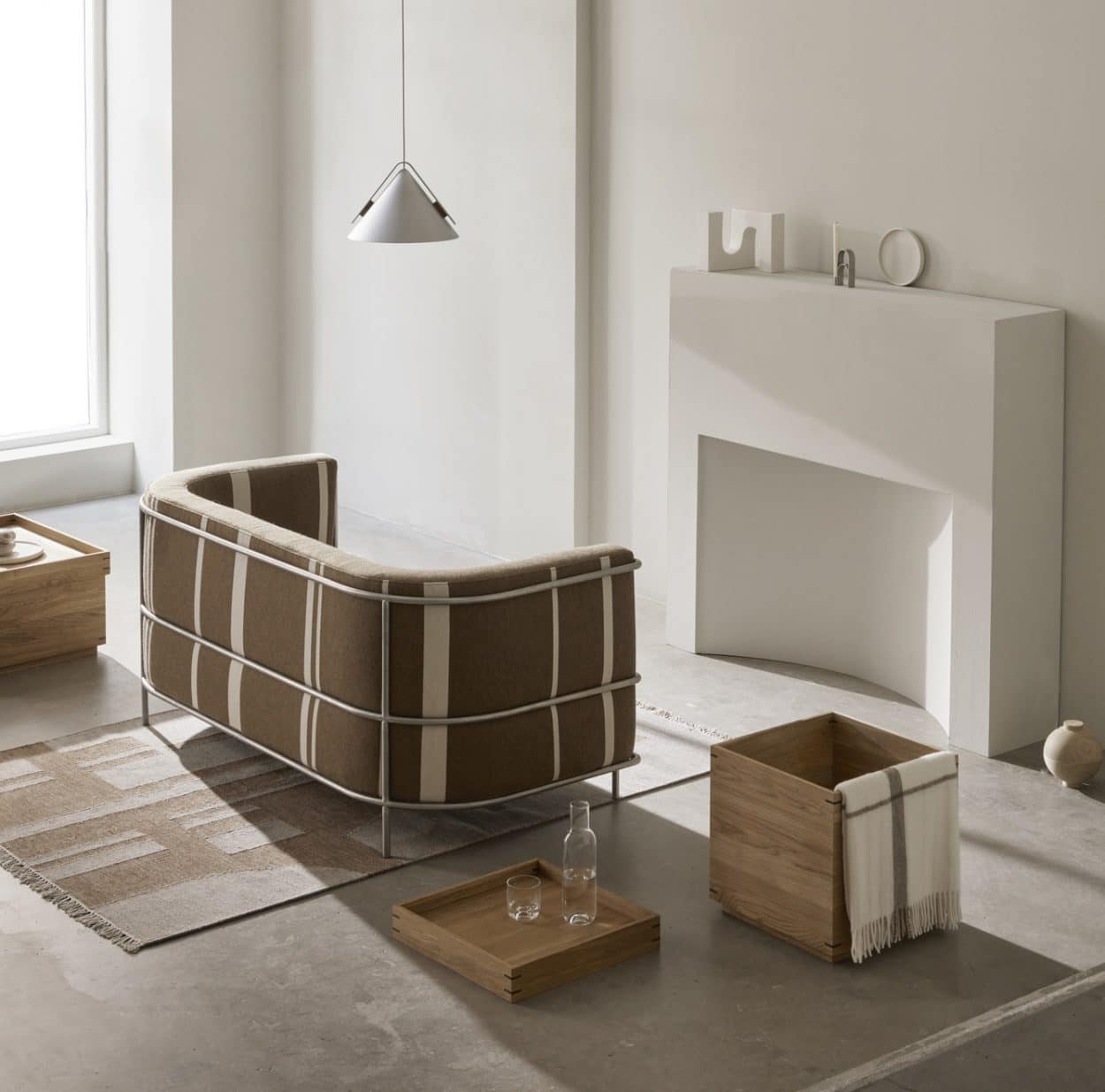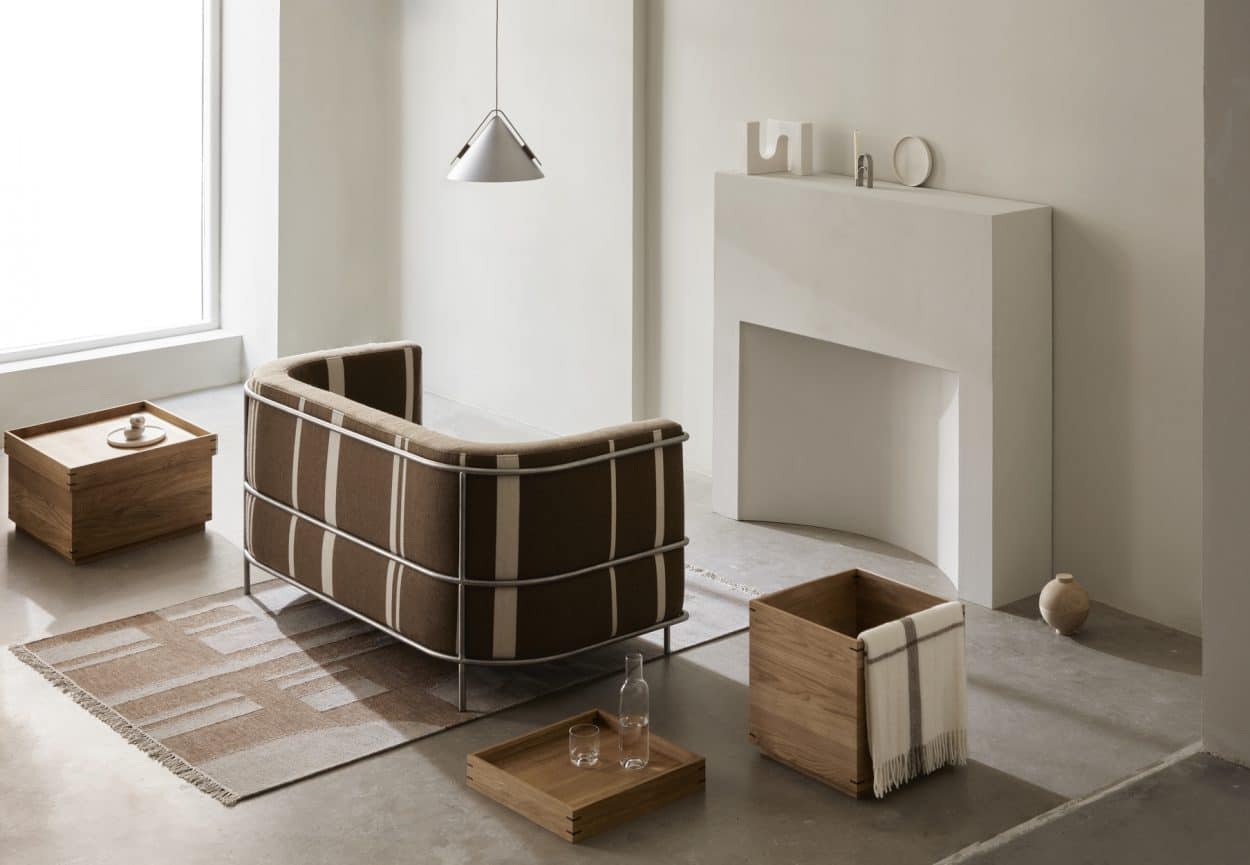On January 14, 2022, Kristina Dam Studio released its new Japanese tray table collection. Following this, we spoke to founder Kristina Dam about home decor while digging deeper into the studio and the new collection.
Kristina Dam was only weeks away from taking a plane to Japan until COVID halted her plans in 2020. The young Scandinavian designer has been a heartfelt fan of Japanese culture, notably in design and architecture, ever since her studies. The two worlds, that of Scandinavia and Japan, have an overlapping interest in minimalism; it is this tie that can be seen in the products released by Kristina Dam Studio, founded in 2012.
While the studio joined forces with Broste Copenhagen a few years ago and can boast of its new Japanese tray table collection today, Kristina Dam first began her design career making black and white graphic illustrations as a way to make art accessible for the average person without purchasing art through galleries.
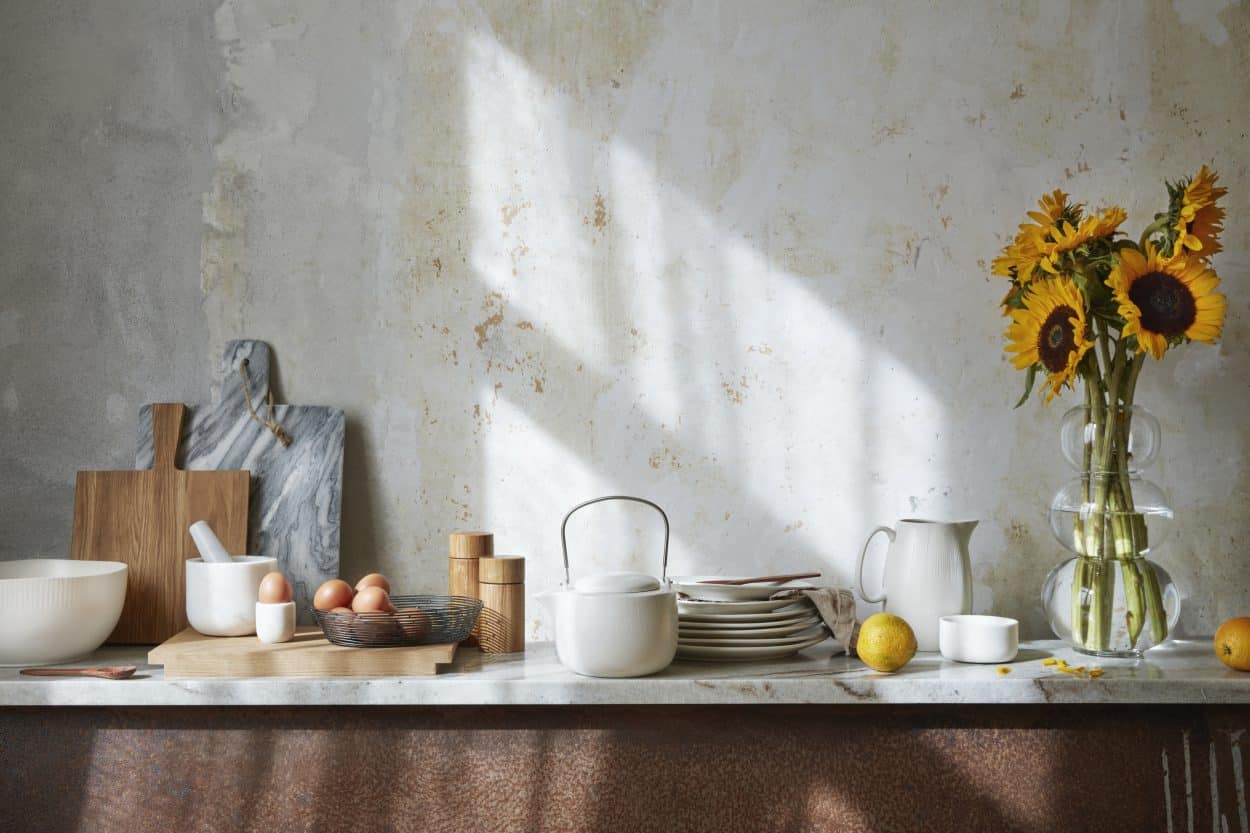
“Galleries could seem unwelcoming, closed-off,” Kristina Dam said in an interview with ArchiExpo e-Magazine, referring to how some people used to feel uncomfortable entering galleries, as though they didn’t belong. “But that was ten years ago.”
Much has changed in ten years. Her studio moved from selling illustrations to limited edition sculptures, with the main objective of making art accessible to more homes, until entering the furniture industry with a focus on sculptural minimalism. Today, furniture makes up the majority of the activity produced by the studio, although it continues to launch a sculpture piece each season.
The collaboration with Danish interior brand Broste Copenhagen a few years ago has allowed Kristina Dam to expand production and development for more large-scale furniture. Once a startup with a team of five people, the studio can now go beyond the limited design possibilities, doubling turnover twice in a row and expanding collections.
The Japanese Tray Table Collection
As Kristina Dam is the design director for both brands, with the overall responsibility for the design expression and how the companies will develop, she maintains creative freedom; and while she missed the chance to visit Japan for the first time in 2020, the culture has sustained its influence on her design mind.
“I admire the Japanese way of behaving, the old traditional style of not having much furniture but very architectural spaces; I love how they live in small spaces and choose furniture for their interiors with extreme awareness: best materials, local craftsmanship.”
In January of this year, Kristina Dam Studio launched its new Japanese tray table collection. While inspired by the Japanese design tradition and the incense boxes of the Edo era, Kristina Dam Studio incorporated a Scandinavian take on the versatile tray tables.
The multi-functional tray tables come in three sizes with one clean look. The rectangular table turns into a luxurious bench or stylish love seat when topped with the fitted cushion in cognac nubuck. The collection exemplifies the studio’s ever-going objective to work solely with genuine, natural and carefully selected materials.
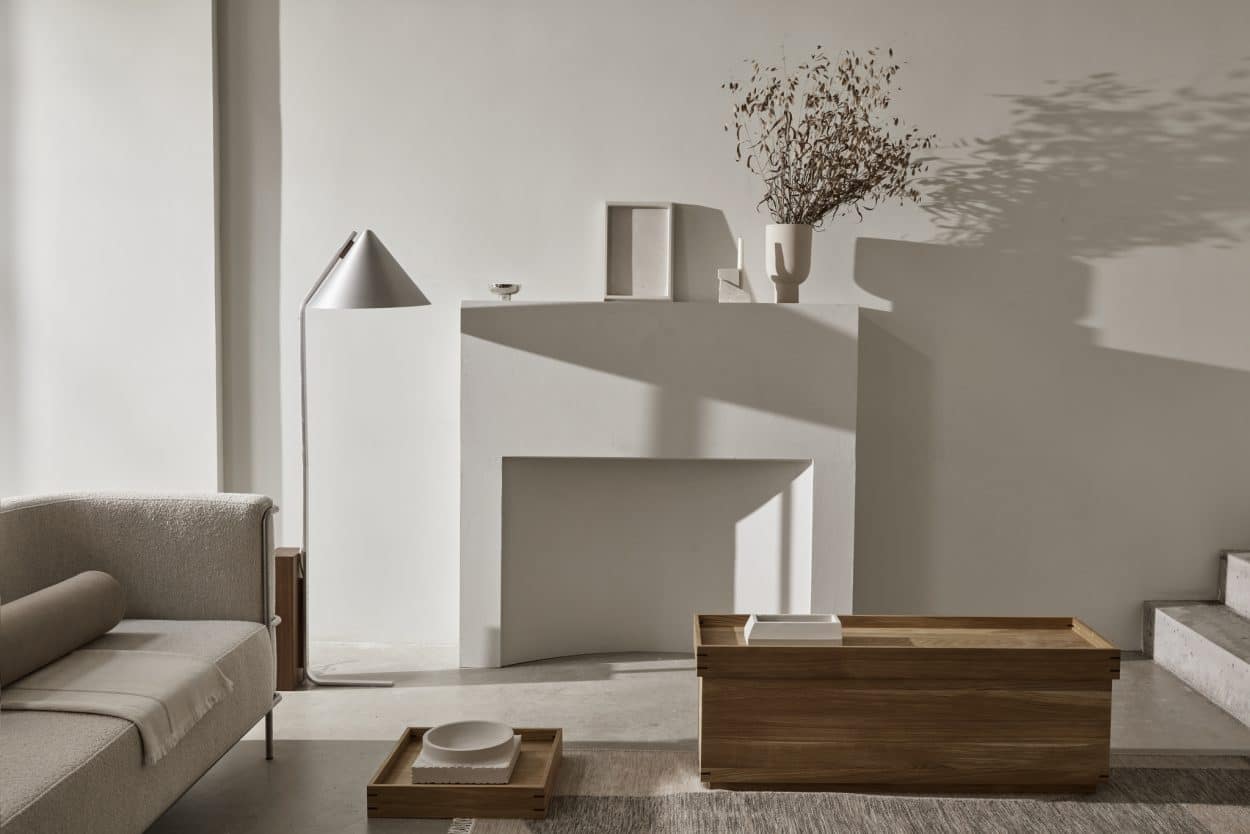


“I use a lot of oak in all my wood furniture because it’s very European, Scandinavian. We get the wood in Poland where we manufacture the pieces, so it’s locally sourced.”
A true example of the careful selection of materials can be seen in the new Japanese tray table produced in dark oiled oak. As an extra design feature, the tray table is assembled with visible dowels in smoked oak, a point where the two colors meet.
“On the corners of the tray tables, I’ve used a different type of wood,” she said, after explaining that while both Scandinavian and Japanese design touch on the overlapping concept of minimalism, “There are more sophisticated aspects of Japanese culture seen in the details, so I chose to focus on this one detail.”
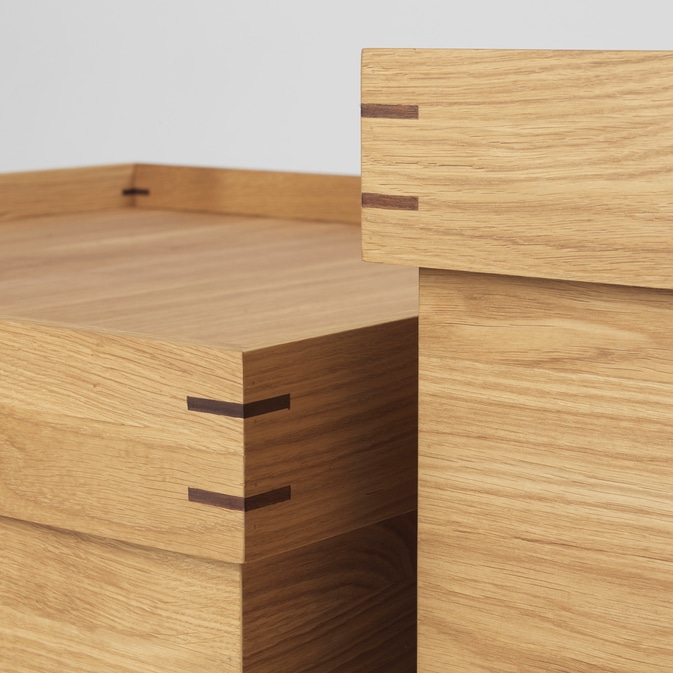

By deciding to highlight one aspect of the product, the corner, and altering the treatment and color of the wood for that detail; she has accentuated the “Japanese way of thinking, putting value into detail.”
The multifunctionality of the tray tables reveals the Scandinavian touch she gave to the collection. The tray tables can also be used as storage, while the long tray table turns into a bench. The tray tables can be used as a table for the living room or as a side table while at the same time offering a graceful storage solution underneath the lit. The tables can also be styled in a sculptural harmony with more than one. The Japanese tray table – M has a cushion so it can be used as a bench in the hallway or in the living room.
Home Decor: Functional Art, not One or the Other
Home decor is often viewed on a philosophical, artistic level or a practical one. When asked to define home decor, Kristina Dam combined art and practicality, saying many accessories could be used practically as well as artistically.
“I’m balanced in between the two,” she said, stating her studio considers whether their products are sculptural enough before going forward with manufacturing and whether they have a story to tell, pointing out the studio’s signature piece, a wooden sphere, acts as a stand-alone art piece as well as storage for makeup and jewelry.
“I think all our accessories are examples of art. They’re beautiful pieces that could stand alone as an art piece but can be used practically, so I have difficulty looking at what’s functional and what’s home decor, as though it’s divided.”
Combining art and function, according to Kristina Dam, when selecting home decor pieces, will add more value. The same goes for combining contrasting colors and materials – stone, glass, ceramics, wood. It’s a good rule to mix materials, she said.
“It’s like candy for the eyes.”
